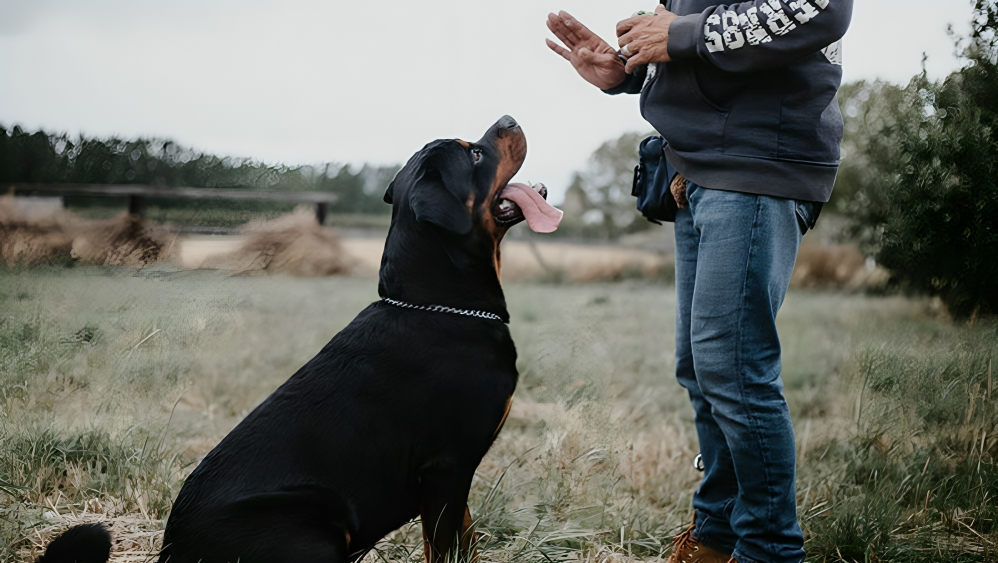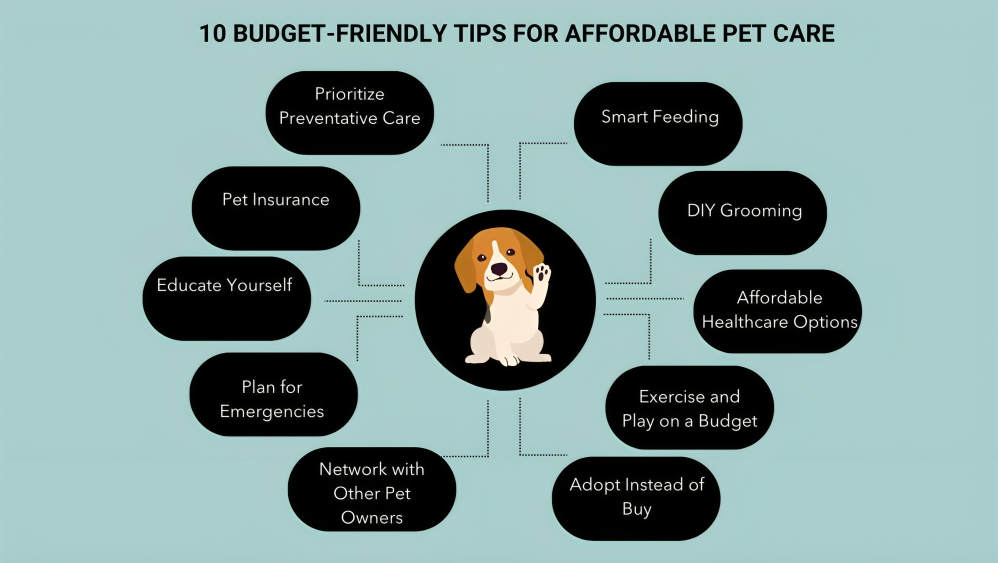Introduction:
Welcome to Foody Puffy, your go-to destination for all things related to pet care. In this guide, we’ll delve into the world of dog training techniques, exploring the importance of proper training, the challenges pet owners face without it, and the myriad benefits it brings to both you and your furry friend.
The Importance of Dog Training Techniques: Proper training is crucial for the well-being and happiness of your canine companion. Without adequate training, dogs can exhibit undesirable behaviors such as excessive barking, aggression, and destructive chewing. These behaviors not only disrupt household harmony but also pose risks to your pet’s safety and the safety of those around them.
READ MORE…..
Difficulties Without Proper Training:
- Behavioral Issues: Untrained dogs may develop behavioral problems that can strain the owner-pet relationship and lead to frustration.
- Safety Concerns: Lack of training can result in unsafe behaviors such as running into traffic or consuming harmful objects.
- Socialization Challenges: Unsocialized dogs may struggle to interact with other pets and people, leading to anxiety and stress.
Benefits of Dog Training Techniques:
- Improved Behavior: Proper training instills discipline and teaches your dog acceptable behaviors, fostering a harmonious living environment.
- Enhanced Safety: Trained dogs are less likely to engage in risky behaviors, reducing the chances of accidents and injuries.
- Strengthened Bond: Training sessions provide opportunities for bonding and communication between you and your dog, strengthening your relationship.
- Mental Stimulation: Training exercises stimulate your dog’s mind, preventing boredom and promoting mental well-being.
- Socialization: Training teaches dogs how to interact with other pets and people, ensuring they are well-adjusted and confident in various social settings.
Ten Tips for Effective Dog Training:
- Start Early: Begin training your dog as soon as possible to establish good habits from the start.
- Be Consistent: Consistency is key in reinforcing desired behaviors and correcting unwanted ones.
- Use Positive Reinforcement: Reward your dog with treats, praise, and affection to encourage desired behaviors.
- Keep Sessions Short: Short, frequent training sessions are more effective than long, drawn-out ones.
- Be Patient: Training takes time and patience, so remain calm and persistent throughout the process.
- Practice Regularly: Consistent practice reinforces learning and helps your dog retain new skills.
- Use Clear Commands: Use simple, consistent commands to communicate with your dog effectively.
- Seek Professional Help: Don’t hesitate to seek guidance from professional trainers if you encounter difficulties.
- Be Mindful of Body Language: Dogs are sensitive to body language, so maintain a calm and assertive demeanor during training.
- Have Fun: Make training sessions enjoyable for both you and your dog by incorporating games and activities.
Pros & Cons of Dog Training Techniques:
Pros:
- Improved behavior and obedience
- Strengthened bond between owner and pet
- Enhanced safety for both dog and owner
- Mental stimulation and enrichment for the dog
- Better socialization skills
Cons:
- Requires time and dedication
- Can be challenging, especially for first-time pet owners
- May require financial investment in training classes or materials
- Some dogs may be resistant to certain training methods
- Results may vary depending on the individual dog and owner’s commitment
FAQs:
- How long does it take to train a dog? Training duration varies depending on the dog’s breed, age, temperament, and the complexity of the desired behaviors. Consistent practice and patience are key to successful training.
- What if my dog doesn’t respond to training? If your dog doesn’t respond to initial training efforts, consider seeking professional guidance from a certified dog trainer who can assess your dog’s specific needs and provide tailored solutions.
- Is it too late to train an older dog? It’s never too late to train an older dog, although it may require more patience and persistence. With proper training techniques and consistency, older dogs can learn new behaviors and habits.
Conclusion:
Mastering dog training techniques is essential for fostering a happy, well-behaved canine companion. By understanding the importance of training, overcoming common challenges, and implementing effective tips and strategies, you can cultivate a strong bond with your dog while promoting their safety, well-being, and socialization skills. Start your training journey today and watch as your furry friend transforms into a well-mannered and obedient companion. Remember, at Foody Puffy, we’re here to support you every step of the way on your pet care journey.




